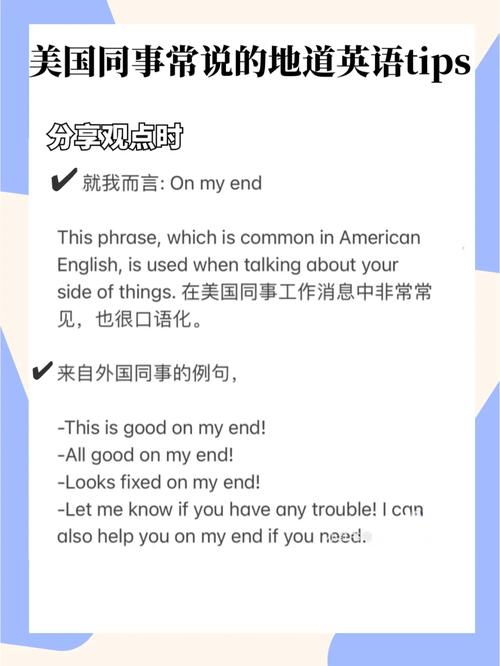5个tips,英语说得更漂亮
英语白话语法和书面语法不年夜一样,是进修者容易轻忽和觉得迷惑的处所。一路来看看下面五个语法要点吧。
[Photo/Pexels]

1.白话中的句子布局It’s difficult, the exam.
非正式白话中的语法在某些方面与书面语法分歧。句子通常不那么繁杂,使用的连词种类更少,也更简单。
正式的书面语:
While the hotel was of quite a high standard, the food was disappointing.
非正式的白话:
The hotel was quite good, but the food was disappointing.
信息常常可以离开,以一条一条的情势出现——句子并非老是遵循主语—谓语—宾语的语序。
They work very hard, the students.
2.省略句子开首Must dash.
在非正式白话中,常常省略非重读的句子开首。
省略的主要是冠词、物主代词、人称代词、助动词和be动词、指导词和领导性的there is句型。
Car’s running badly. (=The car’s…)
Shoelace is undone. (=My shoelace…)
Forgotten the umbrella again. (=He’s forgotten…)
You talking to me? (=Are you talking…?)
She ready? (=Is she ready?)
Must dash. (=I must dash.)
Won’t work. (=It won’t work)
Be four pounds fifty. (=That’ll be…)
No reason to panic. (= There’s no reason…)
3.省略助动词后的词语“Get up!” “I am!”
在非正式白话中,常常只用助动词,而不反复较长的表达。
—Get up!—I am. (=I am getting up.)
He said he’d write to me, but he hasn’t. (=…he hasn’t written to me.)
—Talk louder.—I would if I could, but I can’t.
假如没有可反复的助动词,则用 do。
She said she would phone, and she did.
4.附加疑问句It's cold, isn't it?
在白话或非正式书面语中,附加疑问句(question tag)常用于句尾,用于确认某事是否属实,或征求对方批准。
You haven’t seen Joe, have you?
This tea isn’t very nice, is it?
否认的附加疑问句通常用缩写情势,如 isn’t it(通常不说 is it not?)在附加疑问句中,am I not 的缩写情势是 aren’t I?
Nice day, isn’t it?
I’m late, aren’t I?
5.答语疑问句
答语疑问句(reply question)的组成为助动词+代词(与附加疑问句相似),表达存眷、兴致或惊异。
—We had a lovely holiday.
—Did you?
—Yes, we went…
—John likes that girl next door.—Oh, does he?
—It was a terrible party.
—Was it?
—Yes,…
用否认的答语疑问句往返答确定句,表现增强附和的语气。
—It was a lovely concert.—Yes, wasn’t it! I did enjoy it.
—She’s lost a lot of weight.—Yes, hasn’t she?
以上内容整顿自《牛津英语语法教程》
起源:商务印书馆英语编纂室
起源:商务印书馆英语编纂室
